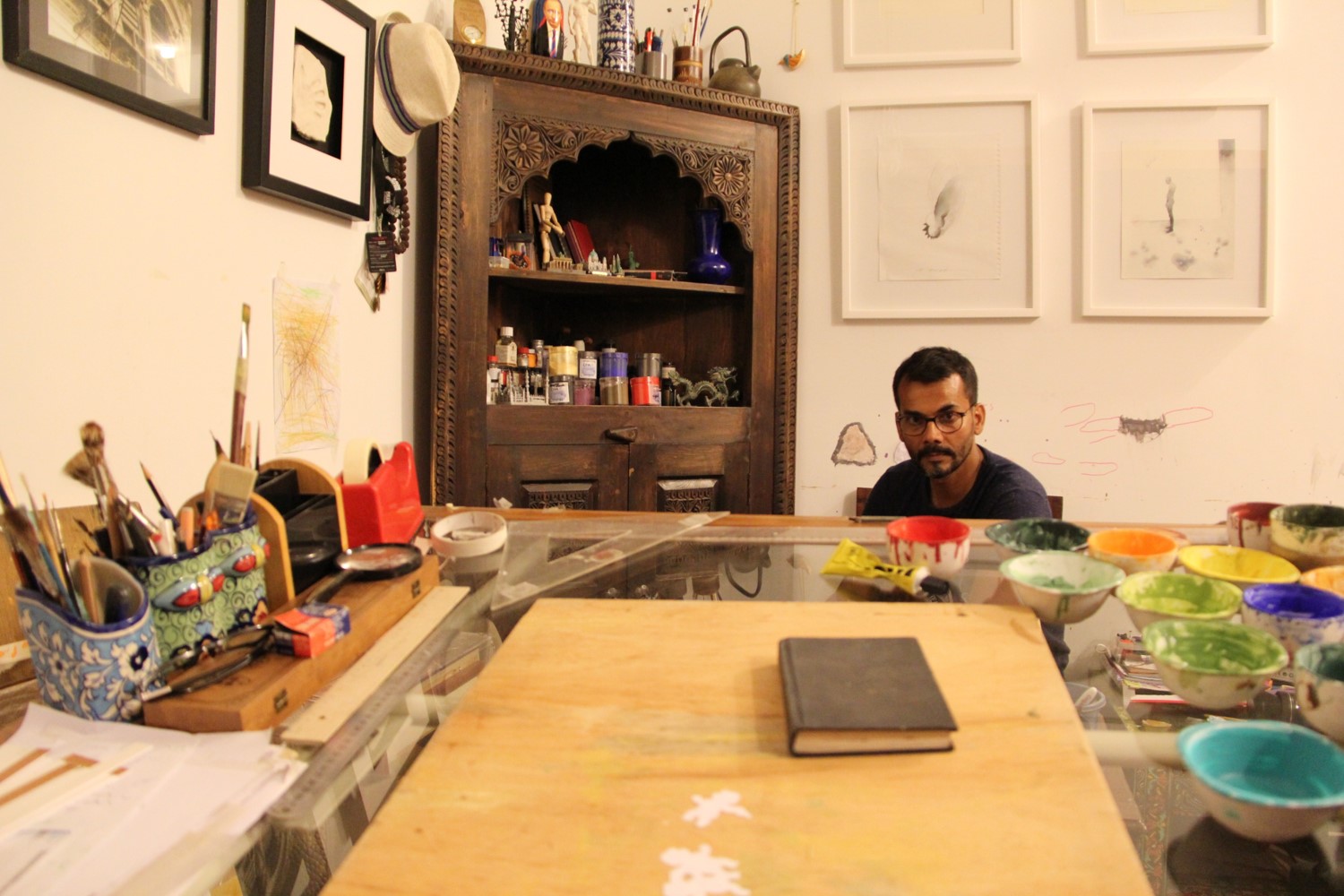Waseem Ahmed
Ammi, Rabia Bibi, was from Ajmer and her childhood was spent playing every day around the Ajmer Sharif Dargah with her Hindu and Muslim friends.
She remembers that during Urs, people used to throw silver coins in the big urn that was mostly half buried in the earth. With that money collected, food was made in the Dargah for the worshipers.
The food used to be taken out with bucket or a ‘dhol’. When very little food was left at the bottom, ma it impossible to take it from the urn, some appointed volunteers would help in the noble task. wearing leather jackets and boots and covered till their eyes, they would ‘descend’ in the urn and distribute the remaining food to the worshipers.
Ami often used to describe the map of her beloved city of Ajmer to us rather lovingly. So, when I made a pilgrimage to Ajmer Sharif after she had passed away, it felt like deja vu. I followed my mother’s map that had been etched in my heart. I saw myself going instinctively ‘towards the left side facing a big lake’, followed by a ‘climb’ which took me into a ‘small lane’ before I came face to face with the dargah.

